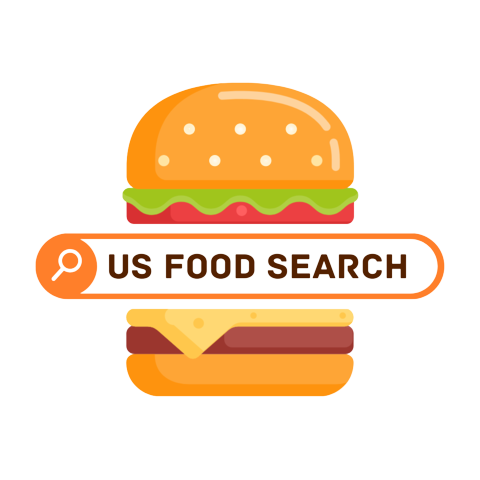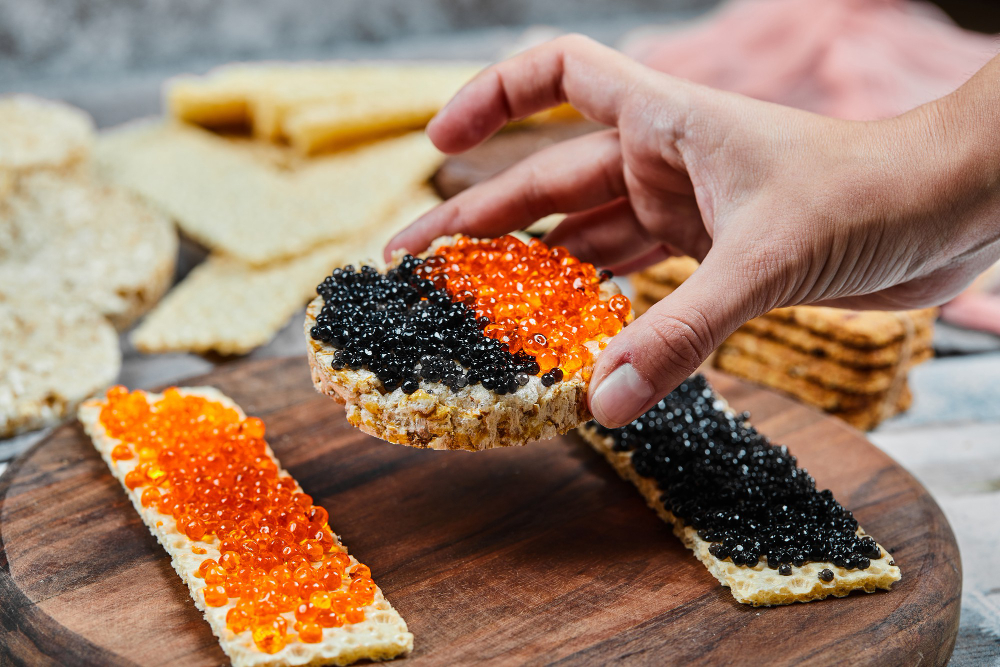When it comes to keeping our kitchens safe, we all think about our appliances, cleaning supplies, and potential food-borne illnesses. But have you ever considered the possibility that something as seemingly innocuous as your spice rack could be posing a danger to your health?
After all, many of the spices found in our pantries come from faraway places, and there’s no way of knowing what kind of toxins may be hiding in them. This article will explore the dangers that might lurk within your spice cabinets and investigate how to protect yourself from them.

ARNAUD VIGNE/Pexels | Multiple spices are used in the process of cooking
Heavy Metals
One of the most common contaminants found in spices is heavy metals like lead. Lead contamination is especially prevalent among chili powders since they usually come from countries with looser environmental regulations and frequent exposure to contaminated soil or water sources during production. Other substances like pesticides and rodent feces can also make their way into certain types of spices through improper storage conditions during transit or inadequate sanitation practices.
Caution
The presence of these toxins in spices has been linked to adverse health effects such as organ damage, cancer risk increases, cognitive impairments, and digestive issues when consumed over time at high levels. To make matters worse, many countries have no legal limits for lead content in food products, including spices — meaning technically, any amount can be present if not tested properly.
It’s important to note that although some concentrations of lead are necessary for bodily functions like maintaining healthy bones and teeth enamel — too much can be dangerous for both adults’ and children’s developing brains and nervous systems.

Pixabad/Pexels | Consumption of toxic spices can lead to multiple health issues
Ways To Protect Yourself
Fortunately, there are ways you can protect yourself from unknowingly consuming unsafe levels of contaminants when using your favorite herbs and seasonings:
– Buy organic whenever possible: Look for certified organic labels on all your edible products to guarantee higher quality standards were met during production;
– Research brands: Check out company websites (or Google reviews) before making purchases;
– Read labels closely: Don’t hesitate to ask questions if there’s anything suspicious on the packaging;
– Tested for safety: Utilize independent testing services available online which certify spices as free from heavy metals — like ConsumerLab®;
– Make sure its fresh: Store opened containers away from direct sunlight or moisture sources (such as sinks), preferably in an airtight container;
– Store spices out of reach of children & pets: Like many other diet-related things (like alcohol), small amounts may not cause harm, but large quantities could possibly be toxic!

Airin Party/Pexels | Do your part and keep yourself safe; of the many things you can do, one is to buy spices that are produced organically.
What Spices Are Used For
Most spices used for seasoning are dried plant parts — like leaves, stems, flowers, or nuts — which were harvested at their peak ripeness and then processed into a powdery form. This process can include grinding down the parts with a mortar and pestle or using machines to achieve a finer consistency. Unfortunately, due to limited regulations in the production process of these products around the world, potentially toxic materials can find their way into our spice racks without us even knowing it.
Keeping an eye on what goes into our food is essential to remain healthy throughout our lives. Knowing how powerful even small amounts of contaminants can be when consumed over time makes it even more critical that we always stay aware when shopping for edibles — including those tiny little bottles standing neatly on top of each shelf! By taking extra precautions when selecting items off store shelves, we can ensure that no harmful chemicals enter our bodies without us knowing about it first!




